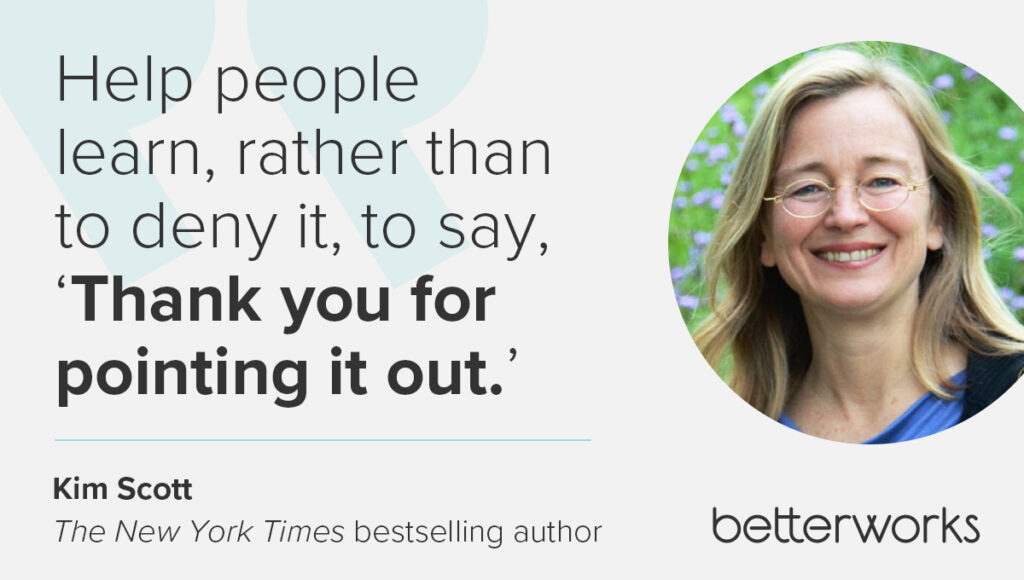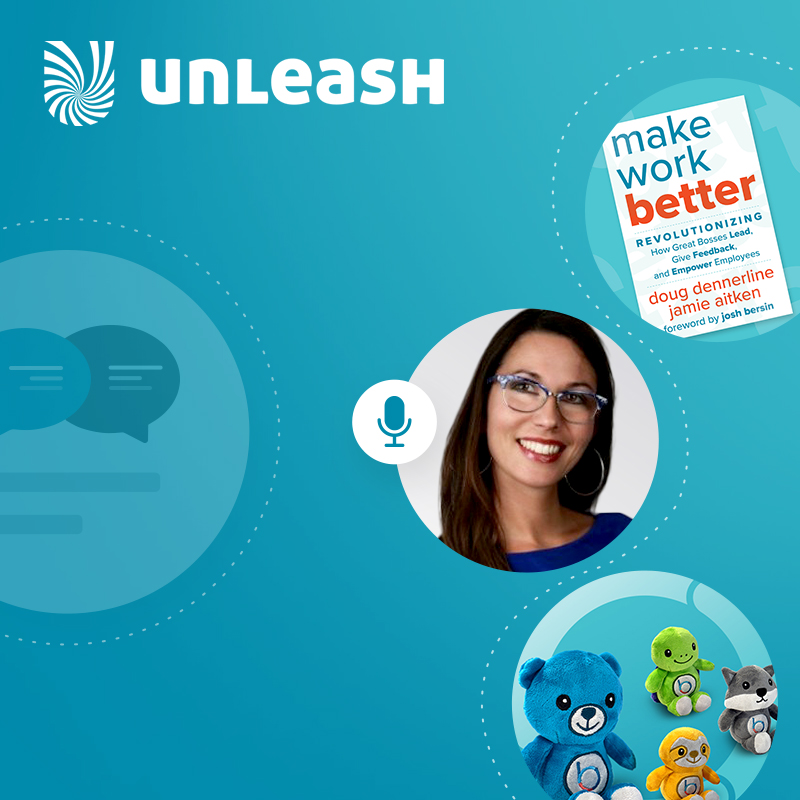HR leaders today have an opportunity to transform respect from a passive expectation into an active, living practice that drives both individual and organizational success. The challenge lies in creating an environment where every voice is heard and valued, particularly in the face of unconscious biases, deep-seated prejudices, and harmful behaviors like bullying.
Radical respect is a concept that builds on the idea of recognizing and honoring the individuality of each team member while fostering a collaborative work environment. “We all intend to be respectful and to create these kind of work environments where the strength of the team is the individual and the … individual draws strength from the team,” said Kim Scott, The New York Times bestselling author of “Radical Candor” and “Radical Respect,” in the People Fundamentals webinar session, “Radical Respect: Building Better Team Dynamics and Trust.” By eliminating the barriers that bias, prejudice, and bullying create in the workplace, you create an environment where every team member can thrive.
Learn the differences between bias, prejudice, and bullying and how can disrupt each one to foster a culture of radical respect at work.
You can also catch Kim’s insights on our People Fundamentals podcast.
Subscribe wherever you listen to podcasts: Apple Podcasts | Spotify | YouTube Music
Bias: Identify and address unconscious patterns
Bias is an unconscious pattern of thoughts and behaviors, often not intended to harm but resulting in exclusion or unfair treatment. To address bias in real-time, Kim suggested using “I” statements. These statements, such as “I don’t think you meant that the way it sounded,” help to disrupt the biased behavior without making the other person defensive or feel bad. This approach encourages reflection and opens the door to more conscious and inclusive interactions.

To illustrate, Kim shared the story of a male colleague who noticed that a female team member, who ended up seated alone at the end of the conference table, was being consistently overlooked during a meeting. He stood up and suggested that the two of them switch seats, which immediately changed the dynamic and allowed the woman to participate fully. “He knew it would be easier for them to hear it from him than from her,” Kim said, underscoring the importance of allies in addressing bias.
Building a culture of respect and inclusion requires leaders to take proactive steps in disrupting bias. Kim suggested establishing a shared vocabulary within teams to signal when someone has crossed a line. For example, using a “purple flag” or an agreed-upon phrase can help teams recognize and address biased behavior in the moment. Additionally, encourage team members to respond with a spirit of learning rather than shame when their bias is pointed out. “Help people learn, rather than to deny it, to say, ‘Thank you for pointing it out,’” she said. This approach normalizes the process of addressing bias and encourages a culture of continuous improvement.
Prejudice: Confront conscious beliefs
Unlike bias, prejudice is a consciously held belief that’s often based on stereotypes. To address prejudice, Kim recommended using “it” statements to draw clear boundaries. “An ‘it’ statement draws a line between one person’s freedom to believe whatever they want — but they cannot impose those beliefs on others,” she said.
Kim gave an example from her own life. After coming back from maternity leave, a coworker suggested that returning to work was bad parenting. “I decided I needed an ‘it’ statement,” she said. “I started out by appealing to a company policy, and I said, ‘Look, it is an HR violation for you to tell me I’m neglecting my kids by showing up at work today,’ and that had the desired impact.”
Creating a respectful and inclusive workplace requires leaders to facilitate conversations that define where the line between personal beliefs and workplace behavior lies — but there’s no one-size-fits-all answer. “It’s going to vary team to team,” Kim said. “And so what I recommend is that you create a space for conversation so that people understand what the law is; they understand what the company policies are; and they have kind of a common sense understanding of where that line is.”

Bullying: Combat intended harm
Bullying is about being mean for the sake of being mean, without any underlying belief or bias. When dealing with bullying, Kim suggested using “you” statements, which directly address the bully’s behavior and set clear boundaries. For example, saying, “You can’t talk to me like that,” or “You need to stop this behavior,” makes it clear that the behavior is unacceptable and must change immediately. This approach puts the responsibility on the bully to alter their behavior, without giving them the reaction they might be seeking.
Building a culture that doesn’t tolerate bullying requires clear and consistent action from leaders, Kim said, especially in the form of consequences. These could include conversational consequences, such as using “you” statements to address the behavior in the moment, as well as more formal actions affecting the bully’s compensation or career progression. “If someone bullies others, the last thing you want to do is promote them,” Kim said, noting that rewarding bad behavior only reinforces it.
Kim also shared practical steps for upstanders — team members who witness bullying or other forms of disrespect. She encouraged them to intervene directly if possible or to use alternative strategies such as delaying the response, creating a distraction, or documenting the incident. “Sometimes, just spilling your cup of coffee can … change the script,” she suggested, highlighting how even small actions can disrupt bullying behavior.
Creating a respectful and inclusive workplace requires both leaders and team members to be vigilant and proactive in addressing bias, prejudice, and bullying. With commitment and practice, you can learn to navigate these challenges and create a workplace where everyone feels valued and heard.
To learn more about fostering radical respect at work, watch the webinar on demand.
Bring on the respect




